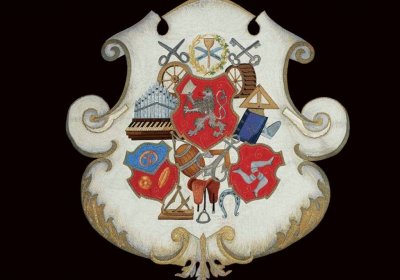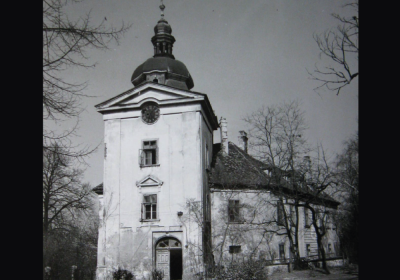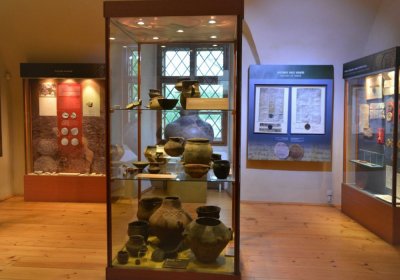Situated on the outskirts of Prague, this unique compound originated in the Middle Ages and was rebuilt during the Renaissance and Baroque periods. The original stronghold was founded on a promontory, surrounded by a moat, and protected by a massive entrance tower. The basic layout of the building dates from the Late Gothic reconstruction.
Exhibitions
Visit
Address
Bohdanečská 259/1
190 17 Prague 9 – Vinoř
view the map
Ticket office: +420 770 174 959
E-mail: ctenice@muzeumprahy.cz,
lektorctenice@muzeumprahy.cz,
svatbyctenice@muzeumprahy.cz
The compound is partially barrier free.
Opening Hours
Park
From May to September: 8 am–9 pm
From October to April: 8 am–6 pm
- One ticket for the entire building.
- Tickets are sold at the ticket office or online. The last ticket can be purchased 30 minutes before closing time.
Bistro at the Chateau → opening hours
Tickets
Regular: CZK 120
Reduced (7–26 and 65+): CZK 70
Family (2 adults and 4 children under 15): CZK 240
Other:
– Lectures/programmes (children and adults): CZK 100 person
– Workshops for children (up to 15): CZK 50/person
– Student and interest groups over 10 members (up to 20) with educator / without educator: CZK 90 / CZK 60 person
– Guided tours for the public (min. 10 persons): CZK 150 Kč reg. / CZK 100 red. person
About the Ctěnice Chateau Complex
Today the chateau houses permanent exhibitions dedicated to the history of crafts from the museum's collection, the history of the village of Vinoř as well as the chateau itself. Exhibitions and various cultural events are organised there. In addition to the chateau, the compound includes farming facilities and a chateau garden.
Situated on the outskirts of Prague, this unique compound originated in the Middle Ages and was rebuilt during the Renaissance and Baroque periods. The original stronghold was founded on a promontory, surrounded by a moat, and protected by a massive entrance tower. The basic layout of the building dates from the Late Gothic reconstruction.



